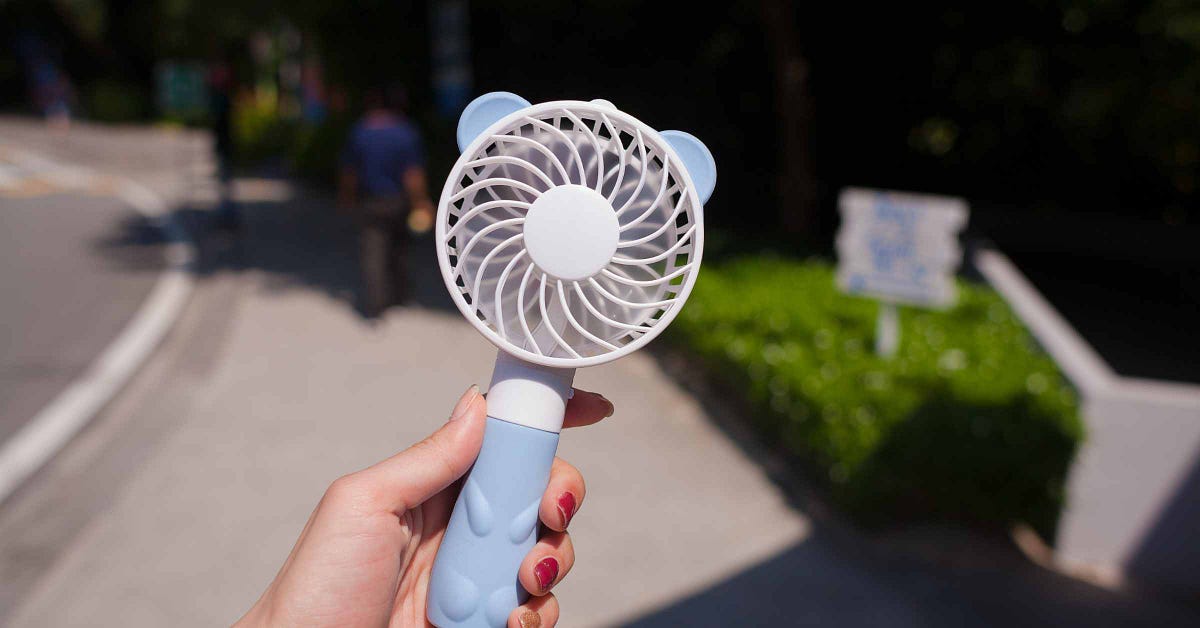
Fine lines—those tiny, barely-there wrinkles—are a natural part of aging. But what exactly causes them? Fine lines form when the skin loses its elasticity and collagen, often due to sun exposure, smoking, or even repetitive facial expressions. While they might seem like a minor issue, understanding them can help you take better care of your skin. Did you know that fine lines can start appearing as early as your 20s? Or that hydration plays a crucial role in keeping them at bay? Whether you're looking to prevent or minimize these subtle signs of aging, knowing the facts can make a big difference. Ready to learn more? Let's dive into 30 fascinating facts about fine lines!
What Are Fine Lines?
Fine lines are small, shallow wrinkles that appear on the skin, often as a result of aging. They are usually the first signs of aging and can be found around the eyes, mouth, and forehead. Understanding these lines can help in managing and reducing their appearance.
-
Fine lines are often caused by a decrease in collagen and elastin in the skin. Collagen provides structure, while elastin allows skin to bounce back.
-
Sun exposure is a major factor in the development of fine lines. Ultraviolet (UV) rays break down collagen and elastin fibers, leading to premature aging.
-
Smoking accelerates the appearance of fine lines. The chemicals in cigarettes damage collagen and elastin, and the repetitive facial expressions made while smoking contribute to wrinkles.
-
Dehydration can make fine lines more noticeable. When skin lacks moisture, it loses its plumpness, making lines more prominent.
-
Genetics play a role in how and when fine lines appear. If your parents had early wrinkles, you might too.
How to Prevent Fine Lines
Prevention is key when it comes to fine lines. Simple lifestyle changes and skincare routines can make a big difference.
-
Using sunscreen daily can protect your skin from harmful UV rays. Look for a broad-spectrum sunscreen with an SPF of at least 30.
-
Staying hydrated helps maintain skin elasticity. Drinking plenty of water keeps your skin plump and less prone to fine lines.
-
A diet rich in antioxidants can combat free radicals that cause skin aging. Foods like berries, nuts, and leafy greens are excellent choices.
-
Regular exercise improves blood circulation, which helps nourish skin cells and keep them healthy.
-
Avoiding smoking and excessive alcohol consumption can prevent the breakdown of collagen and elastin.
Treatments for Fine Lines
If fine lines have already appeared, various treatments can help reduce their visibility. From topical creams to professional procedures, options abound.
-
Retinoids are a popular treatment for fine lines. These vitamin A derivatives boost collagen production and speed up cell turnover.
-
Hyaluronic acid is a powerful moisturizer that can plump up the skin, making fine lines less noticeable.
-
Chemical peels remove the outer layer of dead skin cells, revealing smoother, younger-looking skin underneath.
-
Microdermabrasion is a non-invasive procedure that exfoliates the skin, reducing the appearance of fine lines.
-
Laser treatments can stimulate collagen production and improve skin texture. Different types of lasers target various skin concerns.
Natural Remedies for Fine Lines
For those who prefer natural methods, several home remedies can help minimize fine lines. These options are often gentler on the skin and can be quite effective.
-
Aloe vera is known for its moisturizing and healing properties. Applying aloe vera gel can help reduce fine lines.
-
Coconut oil is a natural emollient that can hydrate the skin and improve its elasticity.
-
Honey has antioxidant properties and can help retain moisture in the skin, making fine lines less visible.
-
Green tea contains polyphenols that can protect the skin from damage and improve its overall appearance.
-
Avocado is rich in healthy fats and vitamins that nourish the skin and reduce the appearance of fine lines.
Myths About Fine Lines
There are many misconceptions about fine lines. Clearing up these myths can help you make better decisions for your skin.
-
Myth: Only older people get fine lines. Fact: Fine lines can appear as early as your 20s, depending on lifestyle and genetics.
-
Myth: Expensive products are always better. Fact: Many affordable skincare products contain effective ingredients like retinoids and hyaluronic acid.
-
Myth: Drinking more water will eliminate fine lines. Fact: While hydration is important, it won't completely erase fine lines.
-
Myth: You should avoid all sun exposure. Fact: Moderate sun exposure is beneficial for vitamin D production, but always use sunscreen.
-
Myth: Fine lines are irreversible. Fact: While you can't completely erase them, many treatments can significantly reduce their appearance.
Interesting Facts About Fine Lines
Fine lines are more than just a cosmetic concern. They have interesting aspects that many people might not know.
-
Fine lines can appear on other parts of the body, not just the face. Areas like the neck and hands are also prone to fine lines.
-
Men and women experience fine lines differently. Men tend to develop deeper lines, while women often get more fine lines around the eyes and mouth.
-
Stress can contribute to the formation of fine lines. High stress levels can lead to the release of cortisol, which breaks down collagen.
-
Sleeping positions can affect fine lines. Sleeping on your side or stomach can cause lines to form on your face. Back sleeping is best for preventing them.
-
Facial exercises can help reduce fine lines. Regularly performing exercises that target facial muscles can improve skin tone and reduce the appearance of lines.
Final Thoughts on Fine Lines
Fine lines, those tiny creases that appear on our skin, tell stories of laughter, stress, and time. They’re a natural part of aging, influenced by factors like genetics, sun exposure, and lifestyle choices. While some might see them as imperfections, others embrace them as marks of wisdom and experience. There are countless ways to manage or reduce their appearance, from skincare routines to professional treatments. But remember, everyone’s skin is unique. What works for one person might not work for another. Embracing a healthy lifestyle, staying hydrated, and protecting your skin from the sun can make a big difference. Ultimately, fine lines are just one aspect of our complex, beautiful selves. They remind us of the lives we’ve lived and the moments we’ve cherished. So, whether you choose to treat them or wear them proudly, they’re part of what makes you, you.
Was this page helpful?
Our commitment to delivering trustworthy and engaging content is at the heart of what we do. Each fact on our site is contributed by real users like you, bringing a wealth of diverse insights and information. To ensure the highest standards of accuracy and reliability, our dedicated editors meticulously review each submission. This process guarantees that the facts we share are not only fascinating but also credible. Trust in our commitment to quality and authenticity as you explore and learn with us.


